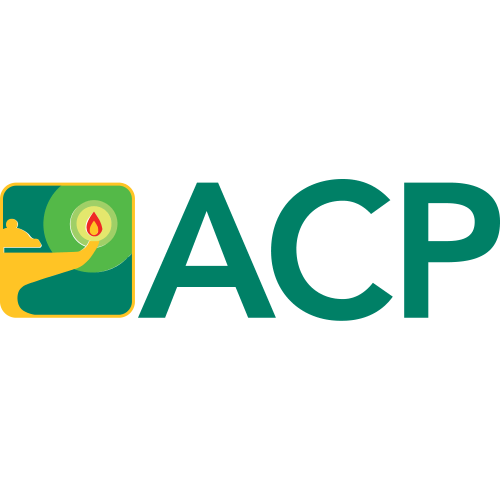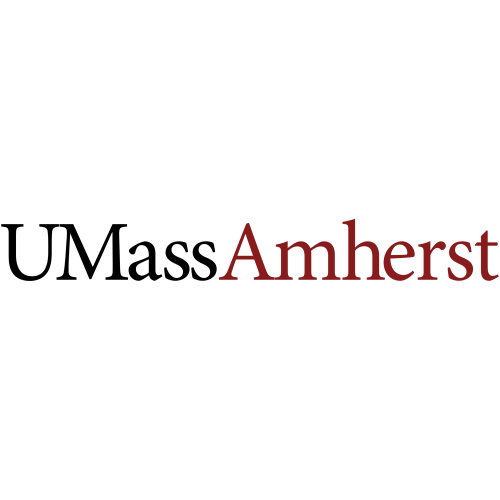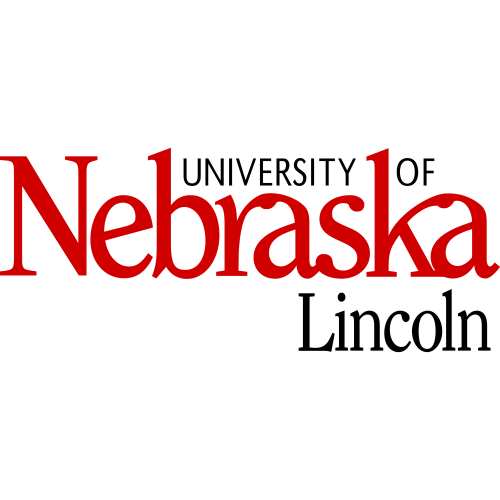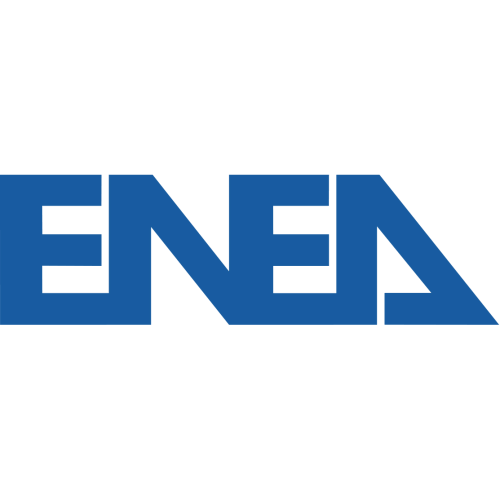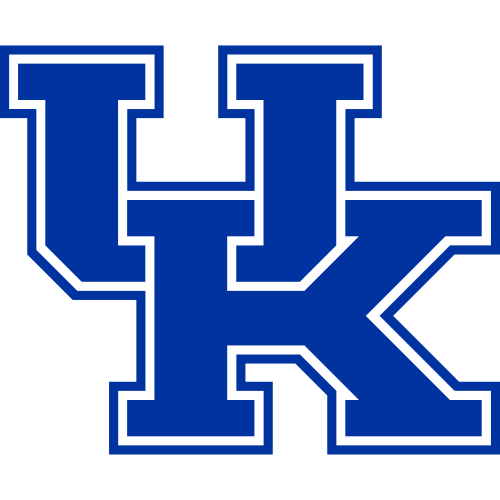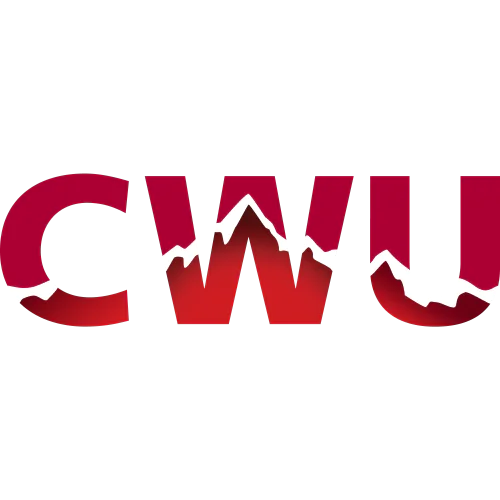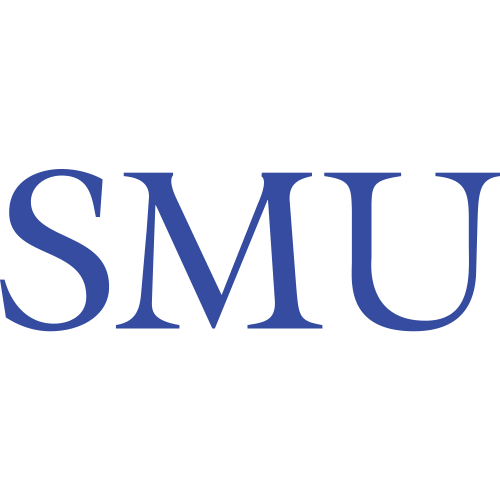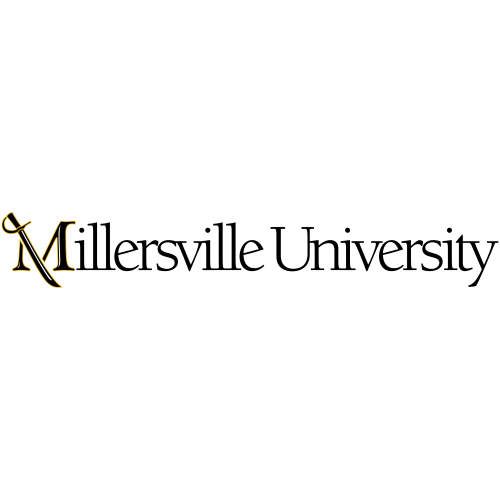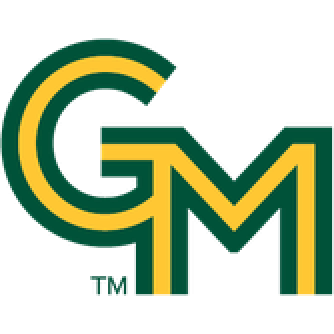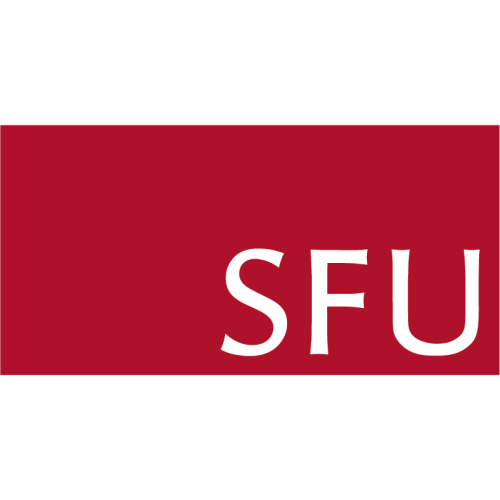New England Quarterly-A Historical Review of New England Life and Letters
Are you a researcher?
Create a profile to get free access to personal recommendations for colleagues and new articles.
SCImago
Q4
WOS
Q3
Impact factor
0.1
SJR
0.101
CiteScore
0.1
Categories
History
Literature and Literary Theory
Areas
Arts and Humanities
Years of issue
1964, 1968-1969, 1975, 1978-1979, 1982-1988, 2000, 2002-2025
journal names
New England Quarterly-A Historical Review of New England Life and Letters
The New England Quarterly
NEW ENGL QUART
Top-3 citing journals

Church History
(77 citations)

Resources for American Literary Study
(64 citations)
Top-3 organizations

Harvard University
(25 publications)

Yale University
(20 publications)

Northeastern University
(19 publications)

Yale University
(2 publications)

Columbia University
(1 publication)

George Washington University
(1 publication)
Top-3 countries
Most cited in 5 years
Found
Nothing found, try to update filter.
Found
Nothing found, try to update filter.
Top-100
Citing journals
Citing publishers
Publishing organizations
Publishing organizations in 5 years
|
1
2
|
|
|
Yale University
2 publications, 0.69%
|
|
|
Columbia University
1 publication, 0.35%
|
|
|
George Washington University
1 publication, 0.35%
|
|
|
Boston University
1 publication, 0.35%
|
|
|
Auburn University
1 publication, 0.35%
|
|
|
George Mason University
1 publication, 0.35%
|
|
|
Syracuse University
1 publication, 0.35%
|
|
|
Ohio State University
1 publication, 0.35%
|
|
|
Northern Illinois University
1 publication, 0.35%
|
|
|
Newcastle University
1 publication, 0.35%
|
|
|
Simon Fraser University
1 publication, 0.35%
|
|
|
Brown University
1 publication, 0.35%
|
|
|
Emory University
1 publication, 0.35%
|
|
|
Indiana University Bloomington
1 publication, 0.35%
|
|
|
Connecticut College
1 publication, 0.35%
|
|
|
Oklahoma State University
1 publication, 0.35%
|
|
|
Queens College
1 publication, 0.35%
|
|
|
1
2
|
Publishing countries
|
100
200
300
400
500
600
|
|
|
USA
|
USA, 548, 6.54%
USA
548 publications, 6.54%
|
|
United Kingdom
|
United Kingdom, 51, 0.61%
United Kingdom
51 publications, 0.61%
|
|
Italy
|
Italy, 33, 0.39%
Italy
33 publications, 0.39%
|
|
Switzerland
|
Switzerland, 10, 0.12%
Switzerland
10 publications, 0.12%
|
|
Canada
|
Canada, 9, 0.11%
Canada
9 publications, 0.11%
|
|
Czech Republic
|
Czech Republic, 5, 0.06%
Czech Republic
5 publications, 0.06%
|
|
Georgia
|
Georgia, 4, 0.05%
Georgia
4 publications, 0.05%
|
|
Republic of Korea
|
Republic of Korea, 4, 0.05%
Republic of Korea
4 publications, 0.05%
|
|
Germany
|
Germany, 3, 0.04%
Germany
3 publications, 0.04%
|
|
France
|
France, 3, 0.04%
France
3 publications, 0.04%
|
|
Australia
|
Australia, 2, 0.02%
Australia
2 publications, 0.02%
|
|
Israel
|
Israel, 2, 0.02%
Israel
2 publications, 0.02%
|
|
Turkey
|
Turkey, 2, 0.02%
Turkey
2 publications, 0.02%
|
|
Philippines
|
Philippines, 2, 0.02%
Philippines
2 publications, 0.02%
|
|
Russia
|
Russia, 1, 0.01%
Russia
1 publication, 0.01%
|
|
China
|
China, 1, 0.01%
China
1 publication, 0.01%
|
|
Brazil
|
Brazil, 1, 0.01%
Brazil
1 publication, 0.01%
|
|
India
|
India, 1, 0.01%
India
1 publication, 0.01%
|
|
Netherlands
|
Netherlands, 1, 0.01%
Netherlands
1 publication, 0.01%
|
|
Sweden
|
Sweden, 1, 0.01%
Sweden
1 publication, 0.01%
|
|
100
200
300
400
500
600
|
Publishing countries in 5 years
|
2
4
6
8
10
|
|
|
USA
|
USA, 10, 3.46%
USA
10 publications, 3.46%
|
|
United Kingdom
|
United Kingdom, 1, 0.35%
United Kingdom
1 publication, 0.35%
|
|
Canada
|
Canada, 1, 0.35%
Canada
1 publication, 0.35%
|
|
Switzerland
|
Switzerland, 1, 0.35%
Switzerland
1 publication, 0.35%
|
|
2
4
6
8
10
|









































